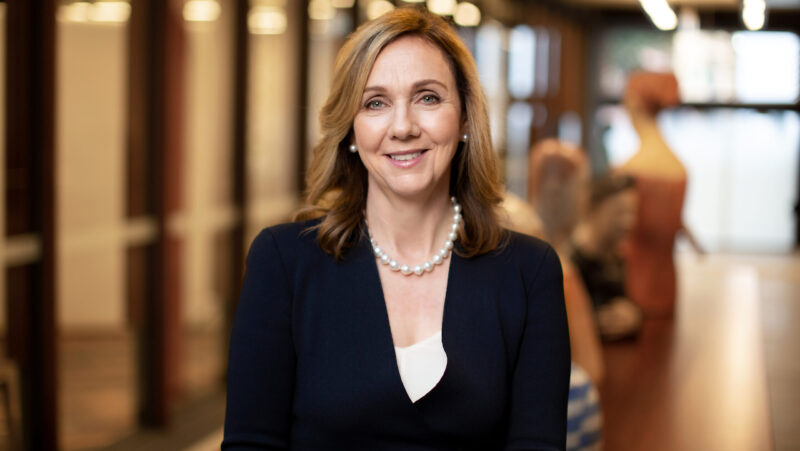Forget pay TV, free-to-air is the only truly democratic form of media
Last Friday, Mumbrella published a piece in which Foxtel Group CEO Patrick Delany railed against the current anti-siphoning laws, which prevent free-to-air broadcasters from being outbid on the rights to significant sporting events by subscription TV providers – such as Foxtel.
In this response, Free TV CEO Bridget Fair calls Delany’s position “narrow and self-serving” and argues free-to-air broadcasting is the “only truly democratic form of media.”
Patrick Delany’s recent comments about the anti-siphoning regime is the same narrow and self-serving perspective we have seen from pay TV since the anti-siphoning laws were first proposed in the 1990s.
As the CEO of Foxtel, a company that profits from subscription-based services, his arguments about free local TV services wilfully misconstrue the new world of free broadcasting on multiple platforms, how the majority of Australians get their news, sport and entertainment, and the enduring strength of free-to-air broadcasting. The key issue here is the vital public interest that is delivered by a free and universal broadcast sector in Australia’s media landscape.

Bridget Fair, Free TV


I still don’t see your point as to why you can’t fulfill the anti-siphoning laws by providing those games such as Live Grand Finals and the State of Origin free digitally? It’s simply anti-competitive.
The claim that FTA is the only democratic form of media is a romanticised view that ignores the reality of today’s diverse media landscape.
The free market thrives on competition and consumer choice. Sports is better viewed on Kayo anyway, arguably driven by the need to encourage subscribers to stay subscribed has driven product innovation and a better coverage compared to the FTA networks.
“Broadcasters are investing in digital offerings, data-driven advertising solutions, and hybrid content strategies that integrate traditional and streaming models.”
Nine is cutting $100m;
Seven’s cost cutting is at $108m;
Hybrid content strategies = less commissions from production companies or less money from production than ever before.
Reality tv works (does it?)
On TV we have:
– Less Aussie Drama.
– Less Aussie Films.
– Less Aussie Docos.
– Almost no commercial kids shows
– Very few comedy sitcoms on commercial TV
Why aren’t people watching TV? The ad breaks are unwatchable — they run too long, there’s little creativity and the networks don’t actually program them — so they run whatever crap their given. It’s a bad viewing experience and there’s actually not much to watch at all.
Let’s be fair Bridget – unless FTA gets its act together and starts a) programming more Aussie content and b) improving the viewing experience with less / better ad breaks, FTA hasn’t got a hope of surviving. They’re not competing with Foxtel or Netflix… It’s Youtube, and it’s now. We need to see Podcasts on TV, spend less on production per series blooding Aussie talent and allow new funding / production models to flourish.
TV hasn’t transformed fast enough. Indie producers can’t get their shows up because TV commissioners aren’t saying yes to anything – all they’re saying is they have no money.
The Digital TV transformation is basically reruns of MASH, Seinfeld or Bondi Rescue.
Here’s hoping that with all the musical chairs of the past 6 months, let’s hope that the new hires are allowed to try some new ideas and that leads to better Aussie TV that people want to watch.
The other commenters have missed the whole point of this article and fail to look at the success that FTA TV has given to the sports it delivers, as well as other forms of content, like news. You can look at the decline of Super Rugby, which started when it progressively put all its games behind the Stan paywall. Look at Foxtels failed News streaming platform. The reach of Rugby League, AFL and local news self perpetuates its success.